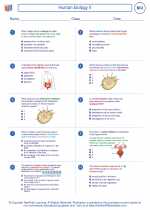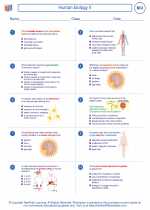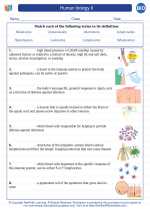Definition
Cumulonimbus clouds are large, dense, towering clouds that are associated with thunderstorms and severe weather. They are known for their distinctive anvil shape at the top and can extend high into the atmosphere.
Formation
Cumulonimbus clouds form through the convection process, where warm, moist air rises and cools, leading to condensation and cloud formation. These clouds can develop vertically, reaching heights of 20 kilometers or more, due to strong updrafts.
Characteristics
- Appearance: Cumulonimbus clouds have a towering, cauliflower-like appearance with a flat anvil-shaped top.
- Weather: They are associated with heavy rain, thunder, lightning, and sometimes hail, making them a source of severe weather.
- Height: These clouds can extend from the low levels of the atmosphere to the upper troposphere, and their vertical development sets them apart from other cloud types.
- Impact: Cumulonimbus clouds can lead to severe weather events such as tornadoes, strong winds, and flash floods.
Importance
Cumulonimbus clouds play a crucial role in the Earth's water cycle, as they are responsible for producing intense rainfall and are essential for replenishing freshwater sources. Additionally, they contribute to the redistribution of heat in the atmosphere through the release of latent heat during condensation.
Study Tips
- Explore the different stages of cumulonimbus cloud development, from their initial formation to the dissipation of the storm.
- Learn about the various weather phenomena associated with cumulonimbus clouds, such as lightning and thunder, and their underlying scientific principles.
- Understand the environmental conditions that favor the formation of cumulonimbus clouds, including moisture content, instability in the atmosphere, and lifting mechanisms.
- Study the impact of cumulonimbus clouds on aviation, agriculture, and human activities, and how advanced warning systems are used to mitigate their associated risks.
- Engage in hands-on activities such as cloud observations, weather data analysis, and experiments related to thunderstorm formation to deepen your understanding of cumulonimbus clouds.
◂Biology Worksheets and Study Guides High School. Human biology II

 Worksheet/Answer key
Worksheet/Answer key
 Worksheet/Answer key
Worksheet/Answer key
 Vocabulary/Answer key
Vocabulary/Answer key
 Vocabulary/Answer key
Vocabulary/Answer key
 Vocabulary/Answer key
Vocabulary/Answer key
 Vocabulary/Answer key
Vocabulary/Answer key
 Vocabulary/Answer key
Vocabulary/Answer key
 Vocabulary/Answer key
Vocabulary/Answer key
 Vocabulary/Answer key
Vocabulary/Answer key
